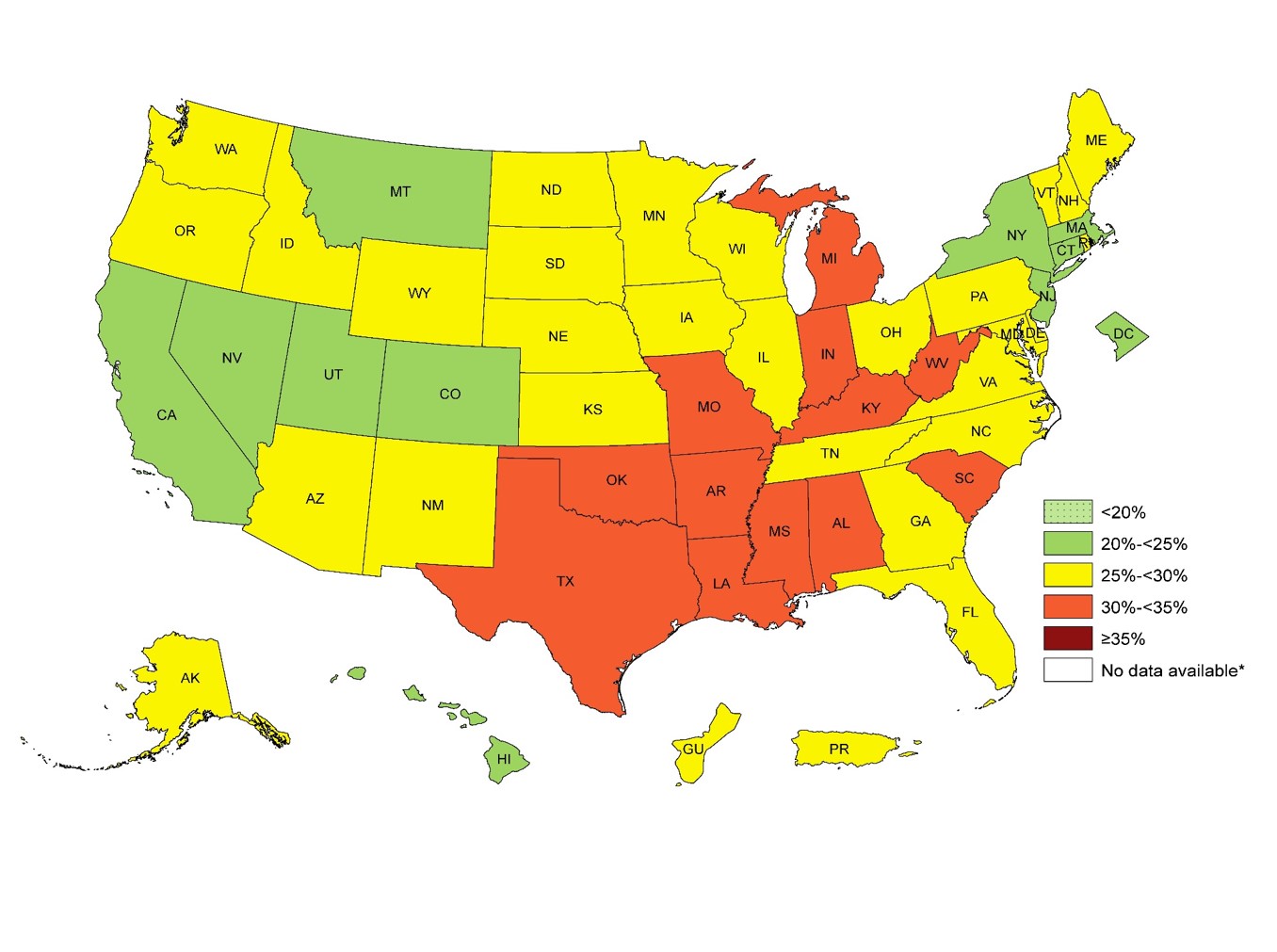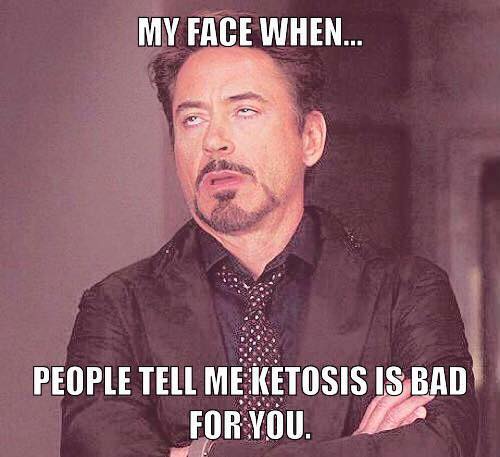
A patient recently asked me how bad being in nutritional ketosis was for her. I responded that the worse problem I’ve seen recently is the patient that broke his toe when he slipped on bacon grease. Are there risks with a ketogenic diet? Yes, but these usually only occur when you cheat or fall off the wagon. What problems can arise? Lets talk about them individually.
First, as I stated above, make sure you don’t slip on bacon the grease. It really can be an issue if you’re not used to using increased amounts of fat in your kitchen. So, be prepared for how to cook and use fat. Grandma understood this well, we could learn a great deal from her if you ask her about using bacon grease.
Second, let’s define the difference between ketosis and keto-acidosis and try to clarify the misinformation that is being spread around the blogosphere.
A ketone is a molecule the body produces from the breakdown of fat (specifically triglycerides) and some proteins (amino acids). There are specifically three types of ketones: beta-hydroxybutyric acid, acetoacetic acid and acetone. If ketosis was “bad,” then why would our bodies produce these molecules? They are not bad, and in fact, multiple studies show that the body is often more efficient in weight loss, inflammatory reduction, bowel function, epigenetic influence and maintenance of lean body mass more effectivly when it functions on ketones rather than glucose as its primary fuel source. You can see these studies here, here, here and here.
The body can only supply a limited amount of sugar or glucose for fuel. If you talk to runners, marathoners or triathletes, they will tell you that after about 45-90 minutes of continuous endurance exercise the glucose supply runs out and they will experience what is termed a “bonk” (have a low-blood sugar or hypoglycemic episode). Unfortunately, our bodies can only store about 18-24 hours of glucose.
However, the body can store days upon days of fat in the form of triglyceride in the fat cells. Triglyceride is broken down into ketones. If glucose is the “unleaded” fuel, you can think of ketones as the “diesel fuel” that is easier to store and runs longer.
The average body functioning on ketones as the primary fuel will have a ketone level measured in the blood somewhere between 0.4 and 4 mmol/L. Because of a balance that is created by the use of ketones and a feedback mechanism that kicks in when the ketone level rises, the body will maintain a pH of around 7.4.
Ketoacidosis is dramatically different. If you are a type I diabetic, you don’t produce any insulin. The feedback mechanism regulating ketone use is broken and the ketone levels and triglyceride breakdown speeds up because the body can’t access glucose and can’t produce insulin. The ketone levels spike and the level can rise to > 25 mmol/L. In the presence of a high blood sugar and high ketone level, the acid level in the blood shifts to a pH of less than 7.3. This is referred to as metabolic acidosis and can be life threatening as the low pH shuts down the bodies’ enzymatic processes and a person becomes critically ill and without treatment, can die. Further information on ketoacidosis can be found here.
If you’re not a type I diabetic, you have nothing to worry about. Regardless of what the “ketogenic nay-sayers” blog about, your liver makes approximately 240g of glucose per day, 24 hours a day, 7 days per week, this stimulates a basal release of insulin which keeps the pH in check. It’s also what keeps weight loss at a consistent pace of around 2-10 lbs per month.
If you are a type I diabetic, don’t fret. Carbohydrate restriction can still be used very effectively. It just takes some balancing and understanding of your individual metabolism. It does require close blood sugar and insulin monitoring. If you are a Type I diabetic, please talk to your physician, obesity specialist and/or bariatrician about how to follow a carbohydrate restricted diet while using insulin. It can be done and it can be done very effectively, but monitoring is essential.
What are the other potential problems that can arise when you follow a ketogenic diet?
Gastrointestinal (GI) Disturbances – Yes. Any time you change your diet you may experience diarrhea, constipation or gassiness. Most of the time, this is because you are either 1) not eating enough leafy greens (fiber) or 2) you’re using a supplement that contains an artificial sweetener. Most of the studies on ketogenic diets did not incorporate fiber and the studies used to make this point were on children who used a ketogenic fat supplement shake or liquid preparations containing these artificial sweeteners to make them palatable. If you have spoken to any obesity specialist, they will tell you, the best way to follow a ketogenic diet is to eat real food. If you want to read about the anecdotal GI effects of sweeteners, read the comment section in Amazon about the Haribo Sugar Free Gummy Bears.
Oh, by the way, 65% of patients in my practice following ketogenic diet see improvement in gastroesophageal reflux (GERD) symptoms. This was seen in a 2006 study looking at ketogenic diets and reflux.
Hair Loss/Thinning – Yes. This does happen initially and if you are not eating enough fat. It is important to note that hair loss/thinning can occur with any form of weight loss. You can see data on this here. Hair loss is very common if you are restricting calories, which was occurring in a number of the ketogenic dietary studies previously published. You do not, and should not, need to “restrict calories” if you are following a ketogenic diet correctly, and in fact, most people take in more than 1800 calories on a ketogenic diet.
Inflammation Risk – In every patient that I have placed on a ketogenic diet in the last 10 years, all inflammatory markers including CRP, Sedimentation Rate, Apo B, HOMA-IR and Uric Acid have all decreased. Inflammation gets better on an appropriately formulated ketogenic diet. The older studies of ketogenic diets in children contain most of their fat from Omega-6 fatty acids from vegetable oil which will increase inflammation and oxidative stress, spike the cortisol levels and have the secondary effect of actually raising the triglycerides. You can find more information on this here & here.
Kidney Stones/Gout – These (kidney stones & gout) are both commonly caused by spikes in uric acid. As noted above, I’ve seen multiple cases in my practice where a ketogenic diet lowers uric acid. Only a small clinical trial has been published in the literature (and it wasn’t truely ketogenic), but the results point to the potential for ketogenic diets to lower uric acid. Ketogenic diets also have the capacity to lower the formation of calcium oxalate stones through a secondary mechanism where calcium oxalate formation is driven by uric acid formation. Older small case reports in the pediatric seizure literature identify calcium oxalate stones, however, dehydration (too little fluid/water intake) is the primary cause of kidney stones.
So, are ketogenic dietary patients at risk? Only if you cheat on your carbohydrate restriction and you let yourself get dehydrated. So, I warn patients. Don’t cheat and make sure your drinking adequate amounts of water.
Muscle Cramps/Weakness – The process of weight loss occurs by burning fat into CO2 and water. We breathe the CO2 out, but the water produced has to follow salts out through the kidneys. Hence, we lose water and salts. This can cause weakness and muscle cramps. The solution? Stop restricting salt on a low carbohydrate diet. We are the only mammal that restricts salt and we do it because low-fat diets cause us to retain water. Low carbohydrate diets do the opposite. Use sea salt or sip beef or chicken bouillon broth with your dinner. You may consider adding magnesium to your diet. The use of yellow mustard also helps (the small amount of quinine in yellow mustard stops the cramping). If you have congestive heart failure, talk to your doctor about monitoring your salt intake in balance with your diuretic or water pill.
Hypoglycemia – If you read the ketogenic diet research, most of it was done on epileptic children. The diets called for a period of starvation, and then the introduction of a ketogenic liquid based shake following the John’s Hopkin’s protocol. It is a well-known fact in medicine that starvation in children can frequently cause hypoglycemia, especially in children with other genetic or congenital defects leading to forms of epilepsy. In clinical practice, with ketogenic diet use in adults, hypoglycemia is rare. The only time I see hypoglycemia is when patient’s with significant insulin resistance or diabetes cheat on a large amount of carbohydrate and get a secondary insulin surge leading to hypoglycemia 3-5 hours after cheating.
Low Platelet Count (Thrombocytopenia) – Again, this was seen in epileptic children who were placed into starvation first, then introduced a liquid fat replacement shake to stop intractable seizures. These liquids or shakes were often nutrient deficient in other essentials. Folic acid, B12 and copper deficiency can occur when not eating “real food.” Low platelet counts are rarely seen on ketogenic diets based around “real food.” Many children in the ketogenic studies had been on or were concomitantly on valproic acid for their seizures. Valproic acid is commonly known to cause thrombocytopenia and this is another reason that thrombocytopenia was seen in this population. (Barry-Kravis E et al, Bruising and the ketogenic diet: evidence for diet-induced changes in platelet function. Ann Neurol. 2001 Jan;49(1):98-103.; Kraut E, Easy Bruising, http://www.uptodate.com, May 2015.)
Impaired Concentration/Mood – A number of patients starting carbohydrate restriction will go through 2-4 weeks of carbohydrate withdrawal. This carbohydrate withdrawl can be experienced just as powerfully as morphine withdrawal in some patients. Sugar is a drug and has a powerful effect on the same hedonic receptors that morphine does in the brain. Some patients will experience headache, tremor and decreased concentration while “withdrawing” off of starches and carbohydrates. Studies show that after the 4-8 week period of keto-adaptation, cognitive function dramatically improves.
Metabolic Acidosis – As described above, metabolic acidosis can occur in a type I diabetic who is not getting adequate insulin, and metabolic acidosis has also been shown to occur in young children placed on severe carbohydrate AND protein restriction, as was the case in some of the ketogenic dietary trials with epileptic patients. (Saxena VS, Nadkarni VV. Nonpharmacological treatment of epilepsy. Annals of Indian Academy of Neurology. 2011;14(3):148-152. doi:10.4103/0972-2327.85870.; The Ketogenic Diet: One Decade Later, Pediatrics March 2007; 119:3 535–543).
Osteoporosis/Osteopenia – If your ketogenic diet is “shake” or “meal replacement” based, you run the risk of mineral deficiency that could lead to Osteoporosis, however, if you are using real food, the opposite is true and most patients have improvement in their Vitamin D levels and bone density. (, , , Babette S Zemel, Progressive bone mineral content loss in children with intractable epilepsy treated with the ketogenic dietAm J Clin NutrDecember 2008 88: 1678–1684; doi:10.3945/ajcn.2008.26099)
Easy Bruising – This is usually due to inadequate protein supplementation as was the case in much of the ketogenic literature where protein levels were also restricted. (Kraut E, Easy Bruising, http://www.uptodate.com, May 2015.)
Infections/Sepsis/Pneumonia – Increased susceptibility to illness has never been an issue in the 10 years I have been using ketogenic diets with my patients. These issues were seen in the John’s Hopkins protocol with children who had not only epilepsy, but other congenital disorders predisposing them to infection, who were placed on a diet low in protein and carbohydrate. (Saxena VS, Nadkarni VV. Nonpharmacological treatment of epilepsy. Annals of Indian Academy of Neurology. 2011;14(3):148-152. doi:10.4103/0972-2327.85870.)
Pancreatitis – Patients who are insulin resistant or have impaired fasting glucose commonly have high triglycerides. Elevation in triglycerides itself is a cause of pancreatitis. Ketogenic diets lower the triglycerides. However, if a patient has not been following their diet as directed, spikes in the triglycerides can occur placing the person at risk for pancreatitis.
Long QT Intervals/Heart Arrhythmias – The list of things causing Long QT intervals and abnormal heart rhythms is long and variable (Acquired Long QT Syndrome. Berul C et al. www.uptodate.com, May 2015). It is well know that starvation, rapid weight loss and liquid protein diets can cause a delay in the conduction signal in the heart. Anyone wishing to start any diet should have an electrocardiogram (EKG) through their doctor to ensure that the diet (of any type) doesn’t exacerbate a prolonged QT interval.
Cardiomyopathy – Prolonged QT intervals have been associated with cardiomyopathy and the former can stimulate the later. Any diet that has the potential to prolong a QT interval has the potential to cause cardiomyopathy. Hence the need for regular EKG monitoring on any diet (Acquired Long QT Syndrome. Berul C et al. www.uptodate.com, May 2015).
Lipid/Cholesterol Changes – In the 10 years I have been prescribing ketogenic diets to patients, I have seen dramatic improvement in the triglycerides, small dense LDL particle and HDL levels. The only time triglycerides rise over 100 is if the patient is using artificial sweeteners, is cheating on the carbohydrate restriction, or is taking in too much protein. Total cholesterol commonly rises, however, this is indicative of the fact that there is a shift in the LDL particle size and this affects the calculation of both total cholesterol and LDL-C. In light of this, most of my patients have dramatic improvement in triglycerides and small dense LDL particle number.
Myocardial Infarction – In older papers, elevated total cholesterol was noted and the authors made the “assumption” that myocardial infarction “could” be a risk. We now recognize that elevated Total Cholesterol is NOT a causitive risk for heart disease.
These previous assumptions have been interpreted by the blogosphere ketogenic “nay-sayers” as actual risk. However, a correlation and causation was never made. Again, in the 10 years I have been using and prescribing ketogenic diets, I have seen dramatic improvement in cholesterol profiles, inflammatory markers, atherosclerosis and carotid intimal studies (Shai I et al, Circulation 2010; 121:1200-1208).
Menstrual Irregularities / Amenorrhea – It is well known that any diet causing protein or other nutritional deficiency will affect the menstrual cycle first and growth in stature second. The only time menstrual irregularities occur with a ketogenic or Low-Carb diet is when a patient is not taking in enough protein and/or fat, and is not eating real food. What amazes me is that a properly applied ketogenic diet actually causes normalization of the menstrual cycle, and in my practice, I’ve had a number of women successfully be able to conceive after making a ketogenic dietary change.
Death – All cases of death related to ketogenic diets have been documented in children while using liquid based carbohydrate and protein restricted formulas for ketosis to treat epilepsy. These cases revealed the formation of a prolonged QT interval leading to cardiomyopathy due to deficiency in selenium. This was later solved by the addition of selenium to the ketogenic supplement. (Stewart WA et al., Acute pancreatitis causing death in a child on the ketogenic diet, J Child Neurol. 2001 Sep;16(9):682.; Bergqvist AG et al, Selenium deficiency associated with cardiomyopathy: A complication of the ketogenic diet. Epilepsia. 2003 Apr;44(4):618-20.; Kang HC et al., Early and lat onset complications of the ketogenic diet for intractable epilepsy, Epilepsia. 2004 Sep;45(9):1116-23.; Kang HC et al, Efficacy and Safety of the Ketogenic diet for intractable childhood epilepsy: Korean Multicentric Experience, Epilepsia. 2005 Feb;46(2):272-9.) Selenium deficiency does not happen when the diet is based on the use of real food instead of supplementation, and has never been seen in adults.
Is a ketogenic diet bad for you? You be the judge.
If you are following a ketogenic diet correctly and with real food, the only thing you really need to worry about is slipping on bacon grease.

In an era where over 70% of us (35.7% obesity & 34% overweight in 2015 according to the CDC) have started to resemble the food pyramid, seeing the effect of a carbohydrate heavy diet should give a clue.
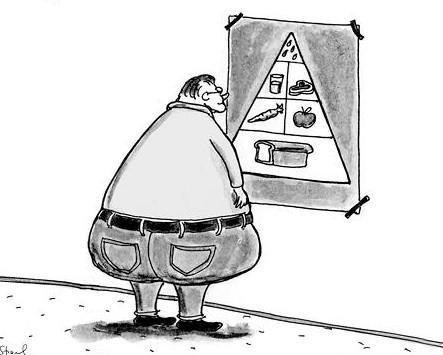
Our bodies were meant to burn ketones. We have a parallel system within us designed to use ketones as an energy source. Ketones are faster and more efficient than the way our bodies use glucose. Ketones give you 38% more energy than you can get from glucose. We as a society are following a deceptive food pyramid.
When we limit or remove carbohydrate from our diet, we are left with ketones as a primary fuel. It is time that we recognize what Dr. Yudkin was trying to tell us in 1970’s, that our carbohydrate and sugar intake is the driver for heart disease, diabetes and the diseases of civilization. (Yudkin, John. Sweet and dangerous: the new facts about the sugar you eat as a cause of heart disease, diabetes, and other killers. PH Wyden, 1972.)


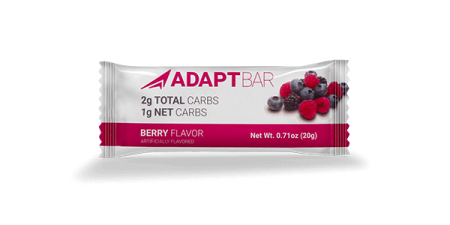
 If you are interested in the low-carb, moderate protein, high-fat, ketogenic diet, then
If you are interested in the low-carb, moderate protein, high-fat, ketogenic diet, then 


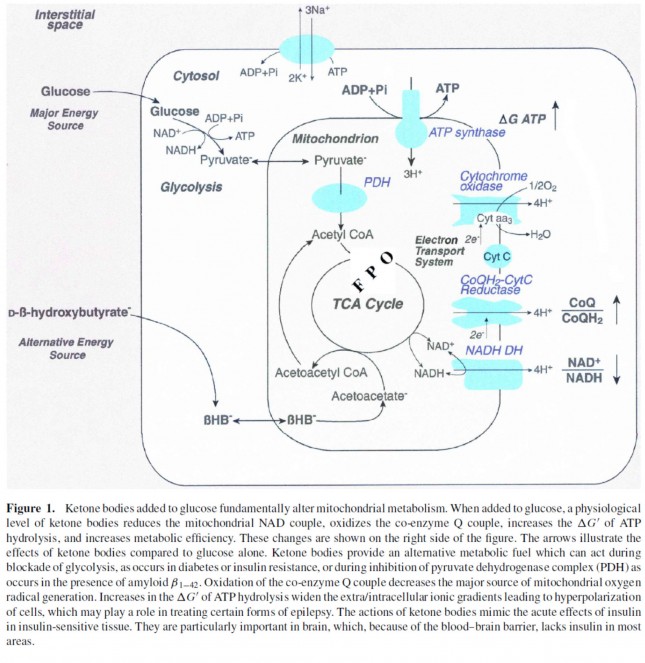






































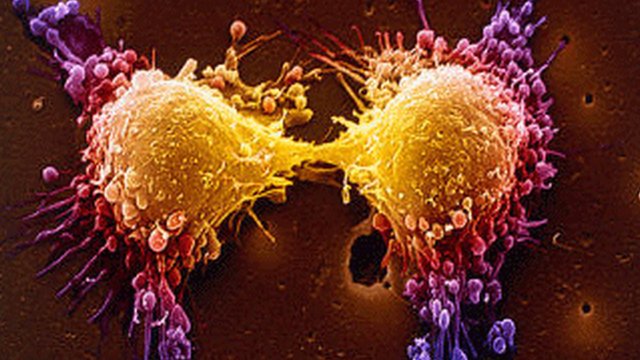


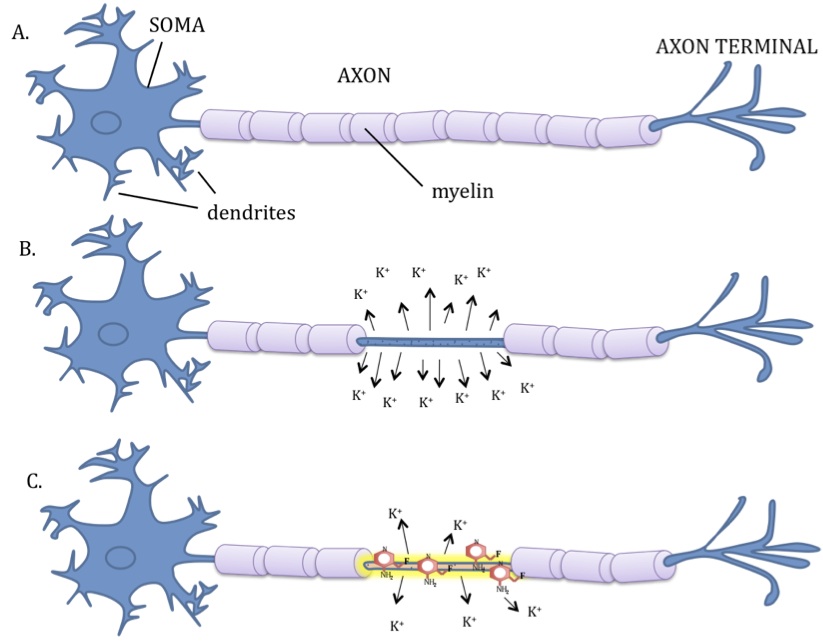




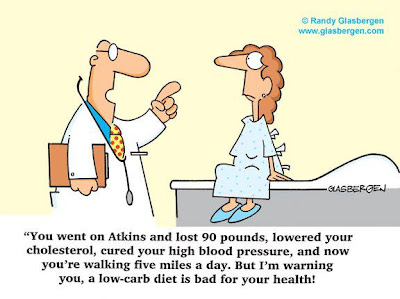


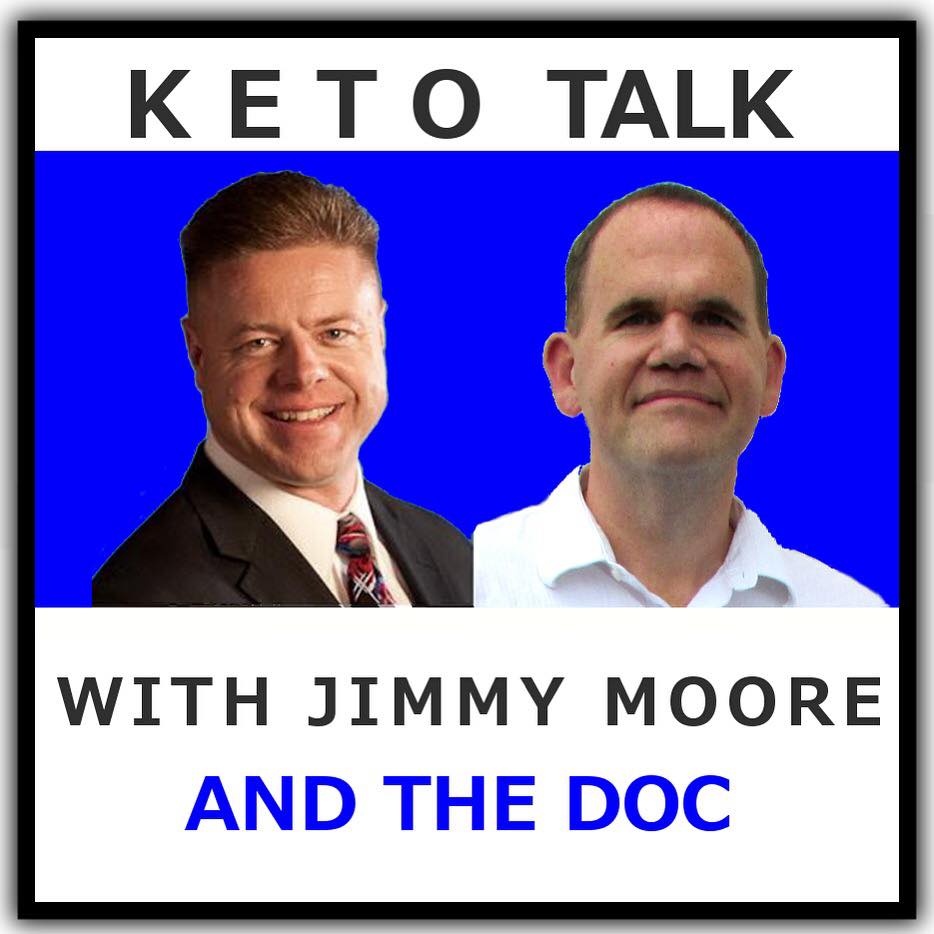

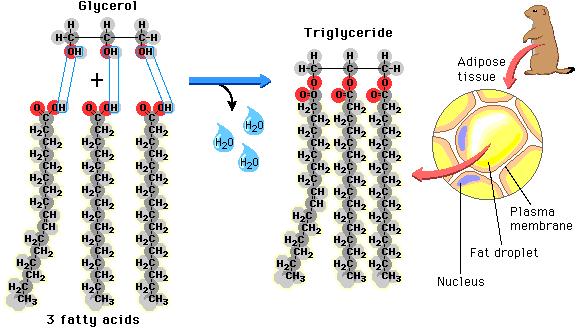 as well as the fat that is found in our food is found in the form of triglycerides. Each triglyceride molecule is made of a “glyceride” (glycerol backbone) and three fatty acids (hence the “tri”) that look like tails. Some of the fat in our adipose cells come from the food we eat, but interestingly, the rest comes from carbohydrates
as well as the fat that is found in our food is found in the form of triglycerides. Each triglyceride molecule is made of a “glyceride” (glycerol backbone) and three fatty acids (hence the “tri”) that look like tails. Some of the fat in our adipose cells come from the food we eat, but interestingly, the rest comes from carbohydrates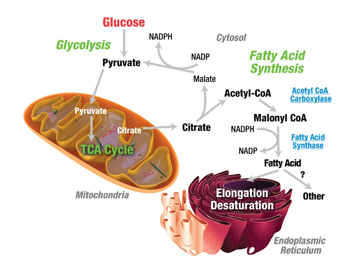
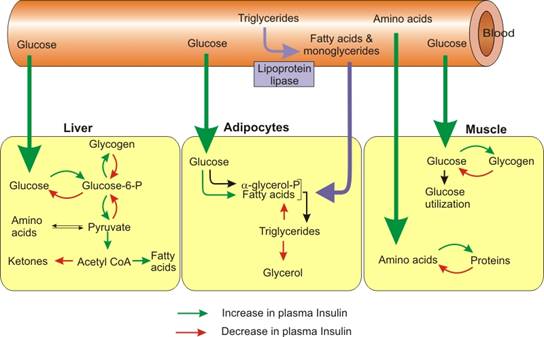 before they can be taken up into the fat cells. The reconstitution of the fatty acids with glycerol is called esterification. Interestingly, the process of lipolysis and esterification is going on continuously, and a ceaseless stream of free fatty acids are flowing in and out of the fat cells. However, the flow of fatty acids in and out of the fat cells depends upon the level of glucose and insulin available. As glucose is burned for fuel (oxidized) in the liver or the fat cell, it produces glycerol phosphate. Glycerol phosphate provides the molecule necessary to bind the glycerol back to the free fatty acids. As carbohydrates are being used as fuel, it stimulates increased triglyceride formation both in the fat cell and in the liver, and the insulin produced by the pancreas stimulates the lipoprotein lipase molecule to increased uptake of the fatty acids into the fat cells (3).
before they can be taken up into the fat cells. The reconstitution of the fatty acids with glycerol is called esterification. Interestingly, the process of lipolysis and esterification is going on continuously, and a ceaseless stream of free fatty acids are flowing in and out of the fat cells. However, the flow of fatty acids in and out of the fat cells depends upon the level of glucose and insulin available. As glucose is burned for fuel (oxidized) in the liver or the fat cell, it produces glycerol phosphate. Glycerol phosphate provides the molecule necessary to bind the glycerol back to the free fatty acids. As carbohydrates are being used as fuel, it stimulates increased triglyceride formation both in the fat cell and in the liver, and the insulin produced by the pancreas stimulates the lipoprotein lipase molecule to increased uptake of the fatty acids into the fat cells (3).